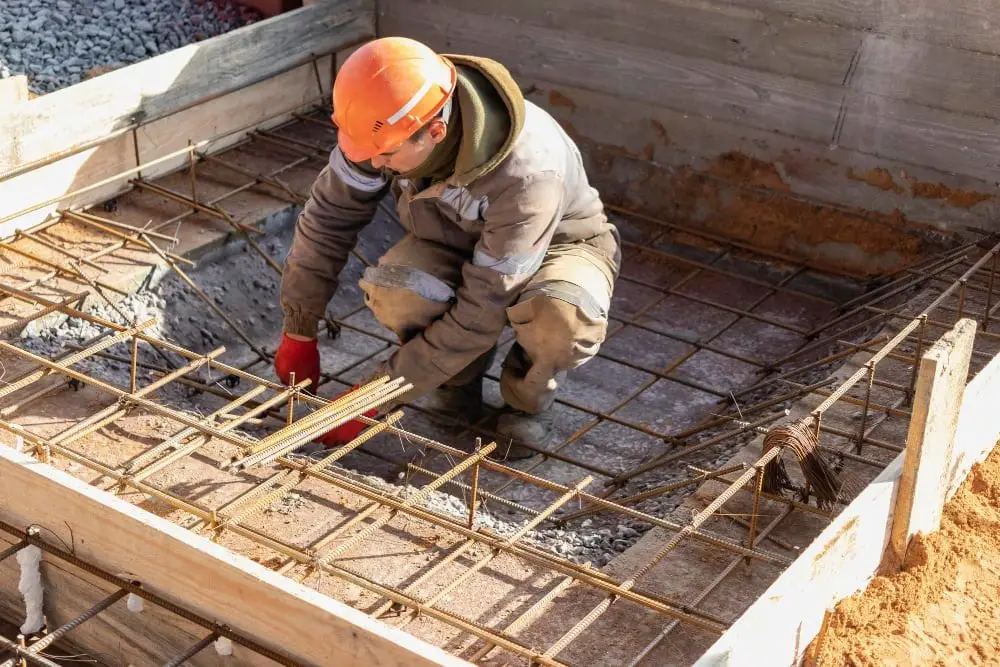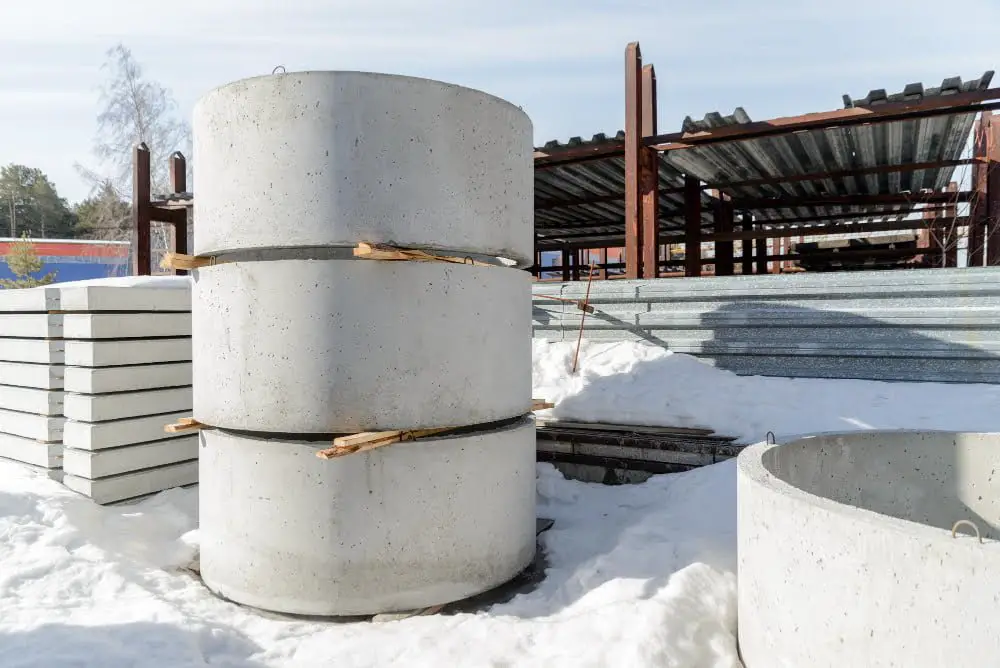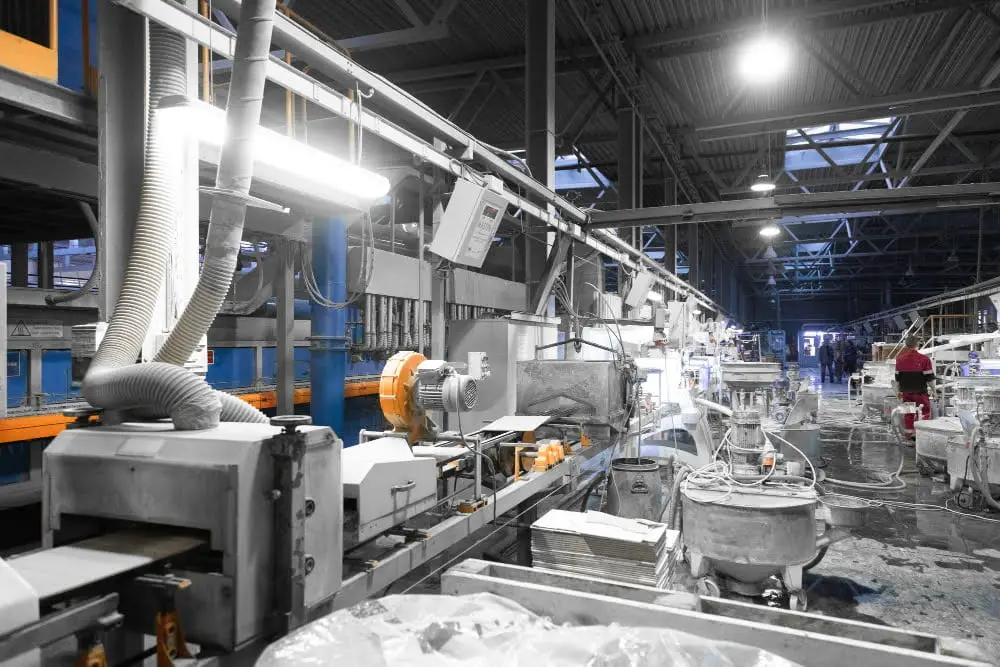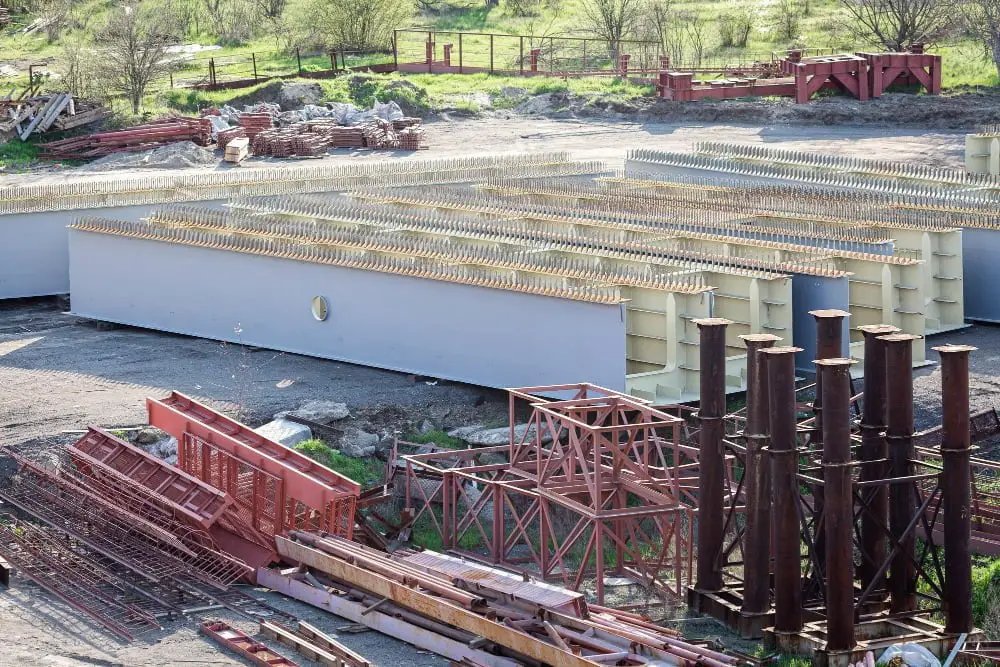Explore how polymer composite reinforcements are revolutionizing the construction industry by providing stronger and more durable structures with advanced technology.
Polymer composite reinforcements are cutting-edge materials revolutionizing the way we strengthen structures and ensure their longevity.
In this blog post, we’ll explore what polymer composite reinforcements are and why they’re quickly becoming a go-to choice for builders around the world. So buckle up and get ready to learn about some seriously cool technology!
Polymer Composite Basics

Polymer composites are a type of material made up of two or more components, typically a resin and reinforcing fibers. The combination creates a strong, lightweight material that is resistant to corrosion and fatigue.
In the construction industry, polymer composite reinforcements are used to strengthen structures like bridges, buildings, and even wind turbines.
But why use polymer composites instead of traditional materials like steel or concrete? For one thing, they’re much lighter than their counterparts while still maintaining impressive strength. This means less weight on the structure overall which can lead to cost savings in transportation as well as reduced environmental impact during construction.
Polymer composites have excellent resistance against harsh weather conditions such as extreme temperatures or corrosive environments – making them ideal for long-term durability in challenging settings.
As builders continue to seek out new ways to improve structural integrity while reducing costs and environmental impact – it’s no wonder that this cutting-edge technology is quickly gaining popularity across industries worldwide!
Reinforcement Materials

When it comes to building structures that can withstand the test of time, reinforcement materials are crucial. Traditionally, builders have relied on steel or concrete reinforcements to add strength and durability to their projects.
However, these materials come with their own set of limitations and drawbacks.
That’s where polymer composite reinforcements come in. These innovative materials are made by combining a polymer resin matrix with reinforcing fibers such as carbon fiber or glass fiber.
The result is a lightweight yet incredibly strong material that can be molded into any shape needed for construction projects.
Polymer composite reinforcements offer numerous advantages over traditional reinforcement methods like steel or concrete – they’re lighter weight which makes them easier to transport and install; they’re corrosion-resistant which means they won’t rust over time; and perhaps most importantly – they provide superior strength-to-weight ratios compared with other common building materials.
It’s no wonder then why so many builders today are turning towards polymer composites when looking for ways to strengthen their structures while also reducing costs associated with transportation & installation!
Structural Applications

Structural applications are where polymer composite reinforcements really shine. These materials have a high strength-to-weight ratio, making them ideal for use in structures that need to be both strong and lightweight.
They’re also highly resistant to corrosion, which is a major advantage over traditional reinforcement materials like steel.
As I continued my journey in the construction industry, I began to see more and more builders turning towards polymer composites for their structural needs. From bridges and tunnels to buildings and even wind turbines, these cutting-edge reinforcements are being used in all sorts of projects around the world.
One project that particularly stands out is the Pulaski Skyway rehabilitation project in New Jersey. The skyway was built back in 1932 using traditional steel reinforcement methods but had fallen into disrepair over time due to corrosion from saltwater exposure.
In order to restore it back its former glory while ensuring its longevity for years ahead, engineers turned towards polymer composite reinforcements as an alternative solution.
The result? A stronger structure with increased durability against harsh weather conditions – all thanks to this innovative technology! It’s clear that when it comes down strengthening structures with cutting-edge technology; Polymer Composite Reinforcements are leading the way forward!
Manufacturing Techniques

Manufacturing techniques for polymer composite reinforcements have come a long way since their inception. Initially, the process involved manually laying down layers of fibers and resin to create the desired shape.
However, this method was time-consuming and labor-intensive.
Today, manufacturers use advanced techniques like automated fiber placement (AFP) or filament winding to produce high-quality polymer composites quickly and efficiently. AFP involves using robotic arms that precisely place individual fibers onto a mold or structure in a predetermined pattern.
Filament winding is another technique where continuous strands of fiber are wound around a rotating mandrel to form complex shapes.
As I watch these machines work tirelessly on creating these intricate structures with such precision, I can’t help but think about my grandfather’s construction projects from years ago. If only he had access to this cutting-edge technology back then!
But now we have it at our fingertips – allowing us to build stronger structures that will stand the test of time thanks to polymer composite reinforcements manufactured with state-of-the-art methods like AFP and filament winding.”
Durability and Performance

Steel or concrete are still widely used today, they have their limitations when it comes to durability and performance. Steel can corrode over time, while concrete is prone to cracking under stress.
Enter polymer composite reinforcements – a game-changing technology that offers superior durability and performance compared to traditional materials. Made from a combination of polymers and fibers such as carbon or glass, these composites are incredibly strong yet lightweight.
One of the key benefits of polymer composite reinforcements is their resistance to corrosion and degradation over time. Unlike steel which can rust in harsh environments or concrete which can crack due to weathering effects, composites maintain their strength even in extreme conditions.
Because they’re so lightweight yet strong, polymer composite reinforcements offer significant advantages when it comes to transportation costs for construction projects – something my grandfather would have appreciated back in his day!
The use of cutting-edge technologies like polymer composite reinforcements is helping builders create stronger structures that last longer than ever before – ensuring safety for generations ahead!
Advancements in Technology

Advancements in technology have brought about a new era of construction materials, and polymer composite reinforcements are at the forefront. These innovative materials consist of fibers embedded in a polymer matrix, creating an incredibly strong and durable material that can be used to reinforce structures ranging from bridges to buildings.
Compared to traditional reinforcement methods like steel or concrete, polymer composites offer several advantages. For one thing, they’re much lighter than their counterparts – up to 80% lighter than steel! This makes them easier and cheaper to transport and install on-site.
But it’s not just their weight that sets them apart; these cutting-edge materials also boast impressive strength-to-weight ratios. In fact, some types of polymers can be up to ten times stronger than steel when compared by weight!
All this means that builders using polymer composite reinforcements can create structures with greater durability while using less material overall – saving both time and money in the process.
Environmental Impact

As we continue to innovate and improve our building techniques, it’s important that we also consider the environmental impact of these advancements. Fortunately, polymer composite reinforcements are not only strong and durable but also eco-friendly.
Unlike traditional reinforcement materials like steel or concrete, which require a significant amount of energy to produce and transport, polymer composites can be manufactured using renewable resources such as plant-based fibers or recycled plastics.
This means that builders can now create structures with minimal carbon footprint without sacrificing strength or durability. As someone who grew up watching my grandfather build structures with little regard for their environmental impact, I’m thrilled to see how far we’ve come in terms of sustainability in the construction industry.
In addition to being environmentally friendly during production and transportation processes, polymer composite reinforcements have another advantage: they’re incredibly lightweight compared to traditional materials like steel. This makes them easier and cheaper to transport while reducing fuel consumption during transportation.
It’s clear that choosing polymer composite reinforcements is not just a smart choice for builders looking for cutting-edge technology; it’s also an excellent way forward towards sustainable construction practices – something my grandfather would surely be proud of if he were still here today!
Recap




